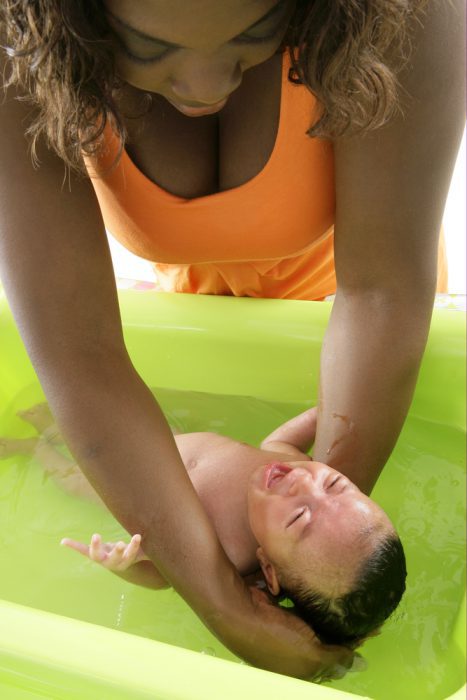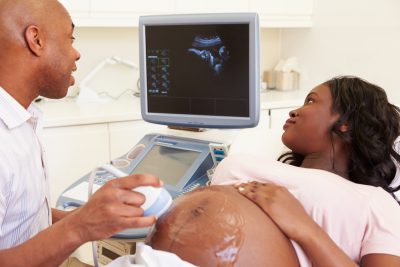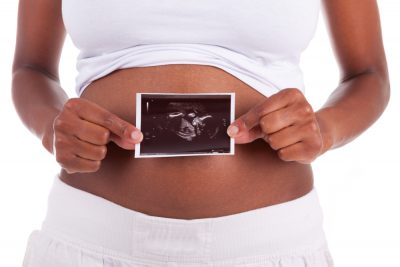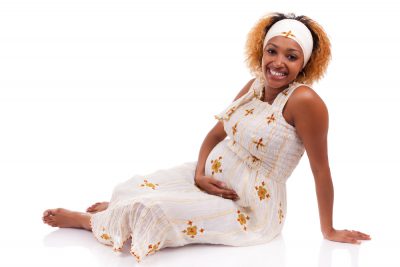





There is no medical reason why your baby should not have a bath in the first hour or for a whole day after being born. On the contrary this has many benefits. You can decide when baby’s “first bath” will be and you can participate.
There is a wax on the skin of the newborn that has the appearance of cream cheese that is called vernix. It is usually found on skin-folds and armpits, perineum, and in the area from the bottom towards the back of babies who are born on term. This is found even more on the skin of premature babies. New research points to the fact that vernix has the property of immunity, and that it strengthens the immunity of the newborn’s skin, and provides a protective layer to her skin following birth. This especially provides a great advantage to babies born in hospital who may be exposed to hospital-acquired infections. In addition, thanks to the moisturising effect of vernix, it helps keep the baby’s skin soft.
Following the birth, your newborn baby will wish to be held close to your chest, he/she will thus be able to hear your voice, get the smell of milk, feel the contact of your body, and this is a source of comfort for your newborn baby. His/Her being close to you also encourages him/her to breastfeed and helps your baby have a smooth transition to his/her new life. Your baby’s being distanced away from you with the purpose of giving him/her a bath may disturb the feeling of security of your baby, the process of him/her getting to know you, and may also prevent the first nourishment that is of utmost importance. In addition, this delays the formation of protective bacteria on the skin of the baby that is the formation of skin PH, who is born in a microbe-free and sterile manner. This is why baby’s first bath should be within the first 48 hours following the birth and in a manner that prevents the umbilical cord from contact with water by placing him/her face down on the arm and by pouring water on the head and back.
The most delightful bath for babies is the one given in a bathtub. Being in the water, for a baby who has been living within fluid inside her mother’s womb, gives him/her the feeling of returning back to the mother’s womb and relaxes him/her. Filling the bathtub half with water and holding the baby by the head and allowing the buoyancy of the water to let him/her move freely is a recommended evening activity to be performed together with the father in order to both make him/her relax and establish his/her sleeping pattern. You can check the temperature of the water with the help of a thermometer, or you can do it by hand in order to avoid any undesired accidents. The water should be about 37.5 to 37.7 degrees Celsius. Only use soap once or twice a week in these bath sessions. As the subcutaneous fat tissue of newborn babies is not sufficient, and since they are born to a dry world from a fluid filled environment, peeling and dryness of skin occurs. Furthermore, as the perspiratory glands are still not active, they do not sweat and have a nice specific smell of their own. Frequent shampooing will cause the skin to dry even more; bathtub bathing performed with water only will be sufficient. In fact, mixing a few drops of oil in the water will reduce the degree of hardness of the lime in the water.
When bathing is over, after fully drying all the skin-folds of your baby completely, leaving no moisture, with an absorbent piece of muslin that is placed in his/her towel, moisten him/her with either baby lotion or oil according to the need of his/her skin and then dress him/her. Following this, brush the hairy skin with a hair brush, and clean inside his/her nose with a nose aspirator to avoid her sneezing a lot after the bath. Wrap a piece of gauze on your little finger and clean inside the mouth and the top of the tongue, take care to ensure that the back of earlaps and external ear folds are not wet so as to prevent the formation of any fungus. Prevent any eye crusts by wiping the eyes from inside to out with a soft piece of muslin.
Label: Baby care, Baby's bath, Newborn bath, vernix



Email: customercare@hayat.ng
Customer care line: +234 809 991 0970
Toll Free line: 0800-CALLHAYAT
